Basel monkey house welcomes new residents
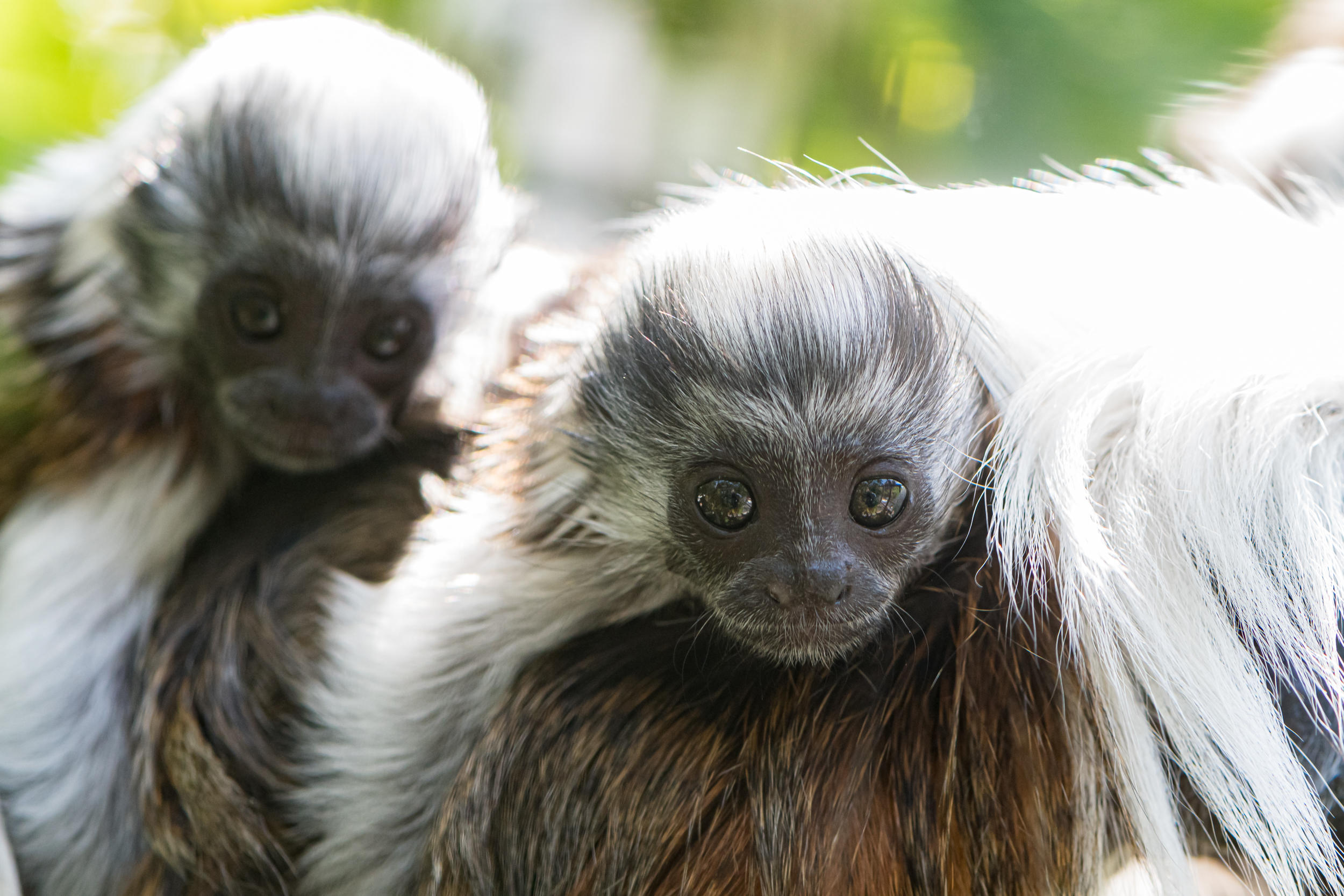
Newborns of three Latin-American monkey species – coppery titis, spider monkeys and cotton-top tamarins – have come into the world at Basel Zoo. All three species are facing major problems in their natural habitats and their future is uncertain, the zoo warned.
The zoo said in a statementExternal link on Thursday that spider monkey Bonita had given birth to a girl on July 1. Cotton-top tamarin Gitana had become the mother of triplets on June 24 but one died just a few days later. This is a common occurrence with triplets in this species, the zoo said, as the mother usually does not produce enough milk for all three young.
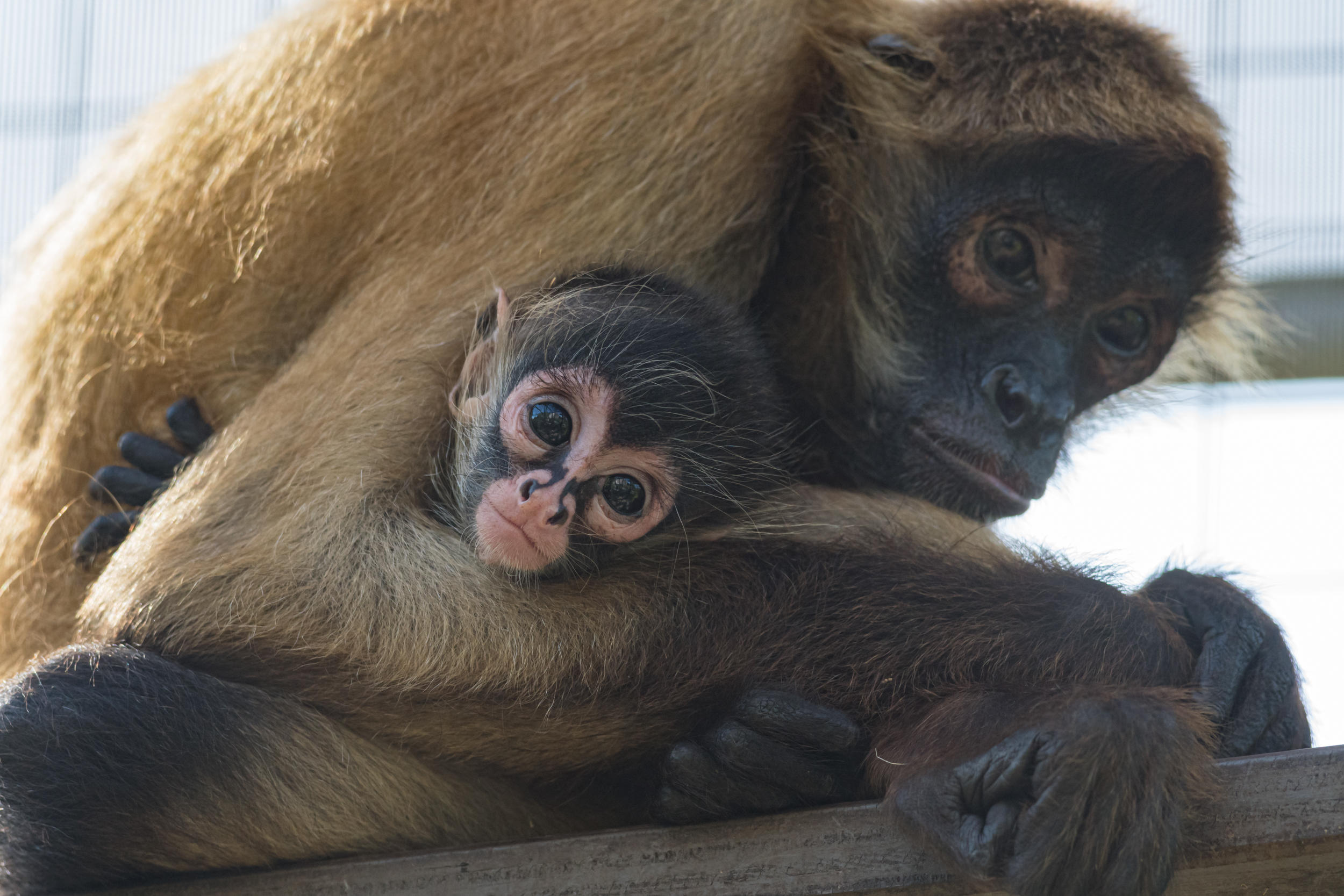
The most recent new arrival to the monkey house is a coppery titi born to 17-year-old Chica on July 21. The zoo isn’t sure whether the baby is male or female, “as the two sexes of coppery titis are difficult to tell apart”.
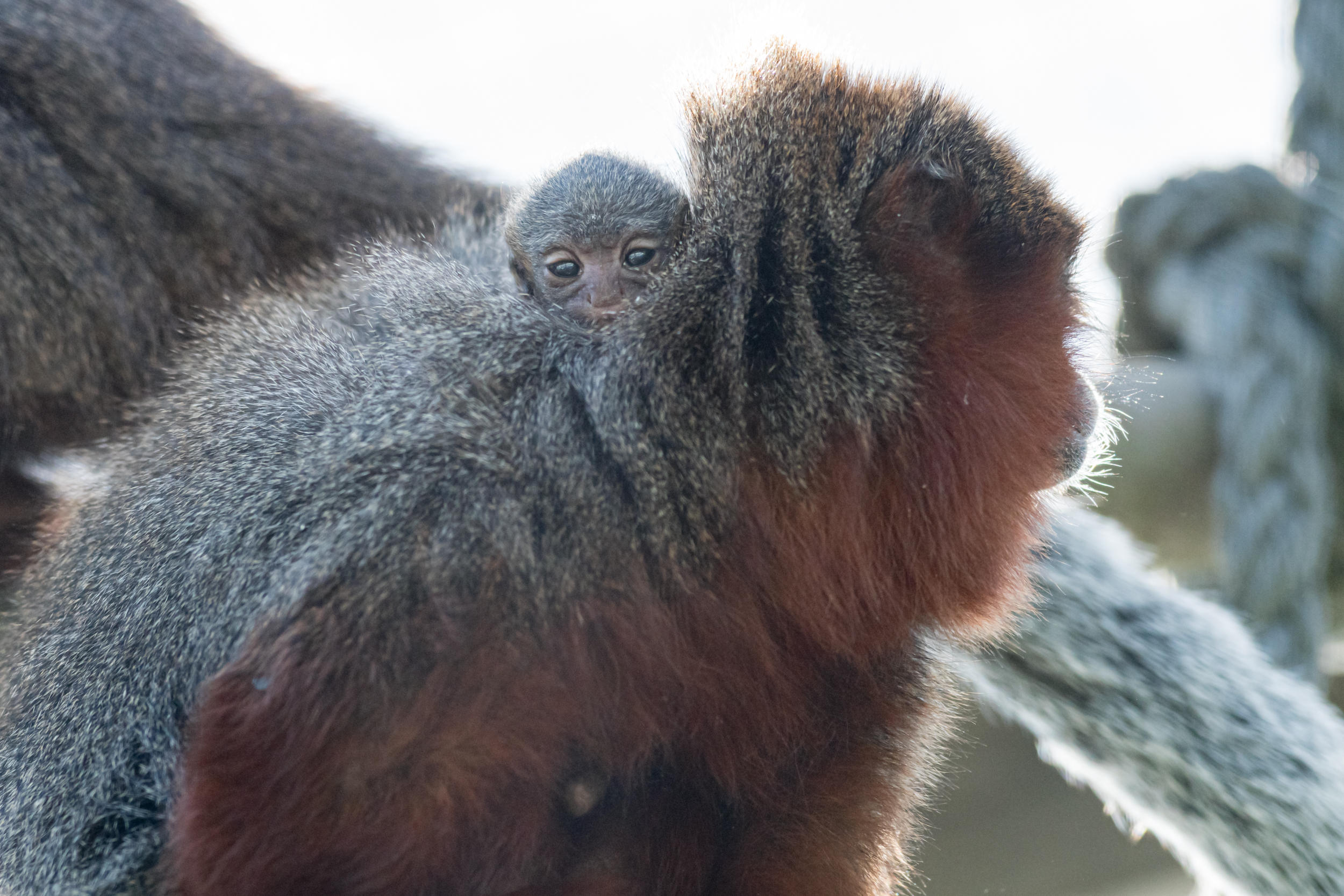
Critically endangered
Cotton-top tamarins are only found in north-western Colombia, coppery titis in western Brazil and eastern Peru, and Geoffroy’s spider monkeys in Central America.
The outlook is most positive for the coppery titis, the zoo said. “Since 2012, Basel Zoo has been involved in the ‘Proyecto Mono ToconExternal link’ project looking to conserve and conduct research into a closely related monkey species in Peru – the Rio Mayo titi, which is under much greater threat than the coppery titi.”
The project is seeking to obtain official protected status for valuable areas and teach locals how to protect the animals.
The future is not looking rosy for cotton-top tamarins: they are critically endangered, and their numbers are falling. Spider monkeys are also endangered and have a decreasing population.
“The main reason for the monkeys becoming endangered in Latin America is the loss of their habitat as a result of forest clearing,” the zoo explained.
“Large, undisturbed forest areas such as those populated by Geoffroy’s spider monkeys are becoming rare. Areas that once contained huge forests have now been planted with crops to feed the locals. However, many areas are also used to grow pineapples or graze cattle that will ultimately end up on our Western plates.”
Future resettlement
Hunting is another reason they are endangered, although to a lesser extent. Many monkeys are kept as pets or used to make supposed remedies.
“When the cotton-top tamarin population was larger, many of these animals were captured and brought to Europe for research purposes, particularly during the 1960s and 1970s. This is where our current zoo population comes from.”
Specialists believe that this is why there is now greater genetic diversity in zoos than in the wild: zoo populations come from a time when there were many more animals living in natural habitats.
“This species is therefore a candidate for future resettlement, a process in which zoo animals could theoretically be used to enhance wild populations. This plan could draw on experience gained from working with golden lion tamarins, which have previously been successfully reintroduced into the wild,” the zoo concluded.
Rare wild cats
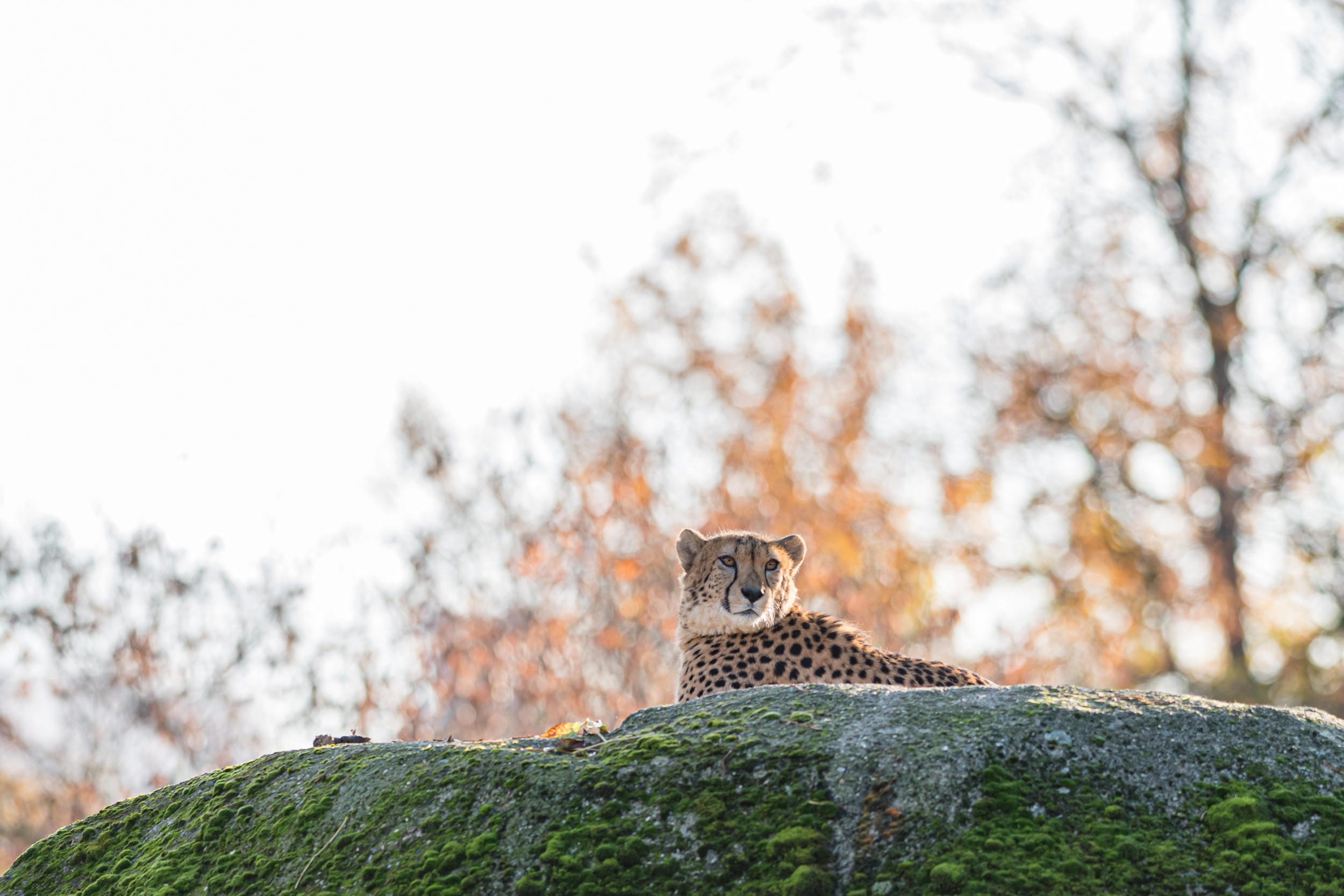
This zoo in northern Switzerland also seems to have a knack for raising cheetah cubs. Over the past 12 years there have been four litters with a total of 13 cubs to various parents. This is remarkable because only about 10% of Europe’s zoos with cheetahs witness successful mating seasons in a given year.
“The breeding of cheetahs is complex in terms of logistics, but not difficult per se,” explains zoo spokeswoman Franziska Viscardi. Males and females live separately most of the time, rotating enclosures and leaving their scent marks behind.
“If a female cheetah shows interest in the male, the keeper must immediately leave the two together and hope that they hit it off.”
With only about 7,000 wild cheetahs living on the African continent and in Iran, this feline predator is considered a vulnerable species. Shrinking habitats, human-wildlife conflict and a limited gene pool are diminishing their chances of survival.
Since 2013, Basel Zoo has been supporting the Big Life Foundation in Kenya: a conservation project for predators in the Amboseli protected area, where the numbers of cheetahs have increased since 2010, says the zoo.
The cubs born in Basel, however, do not go into the wild. Rather they are given to other zoos in Europe.
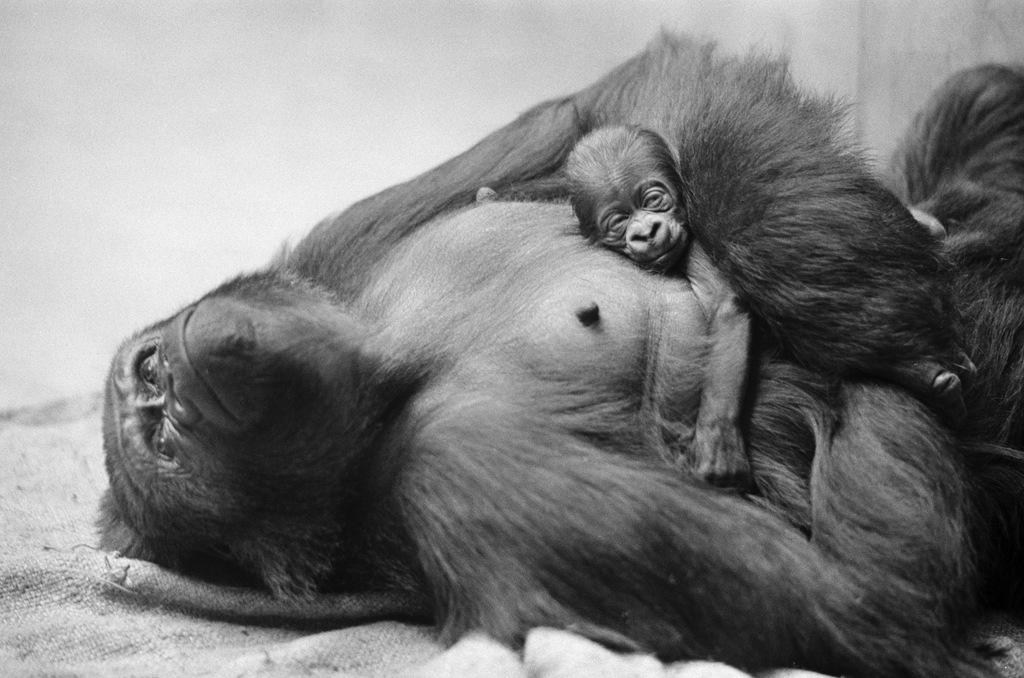
More
Ground-breaking gorilla dies in Basel Zoo aged 58

In compliance with the JTI standards
More: SWI swissinfo.ch certified by the Journalism Trust Initiative

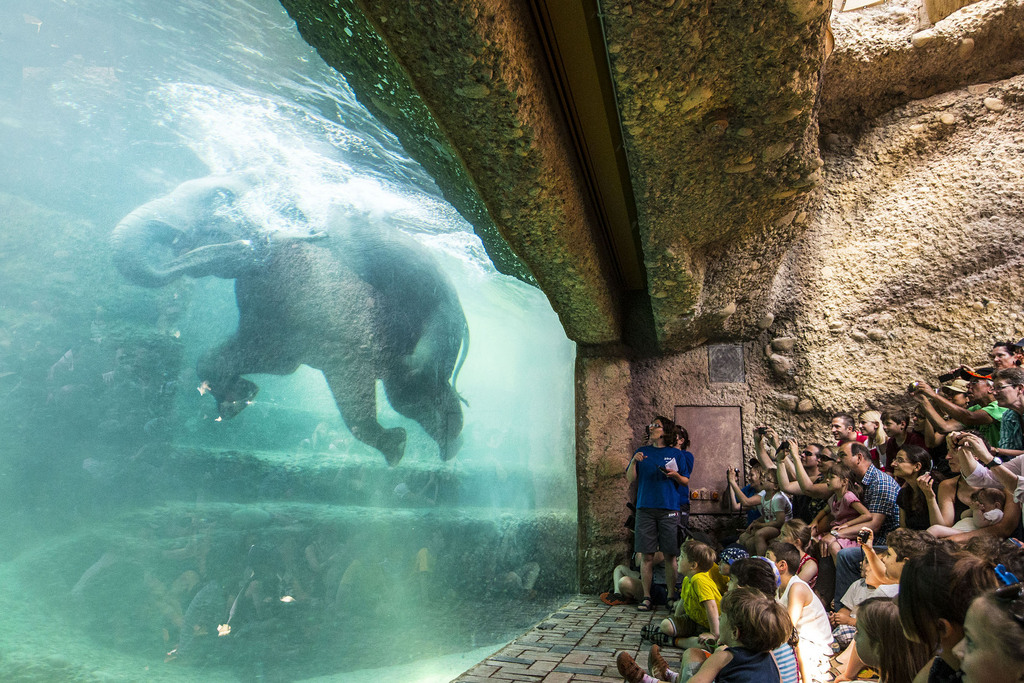
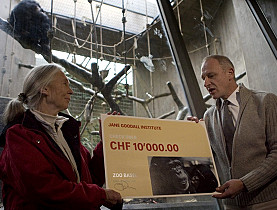
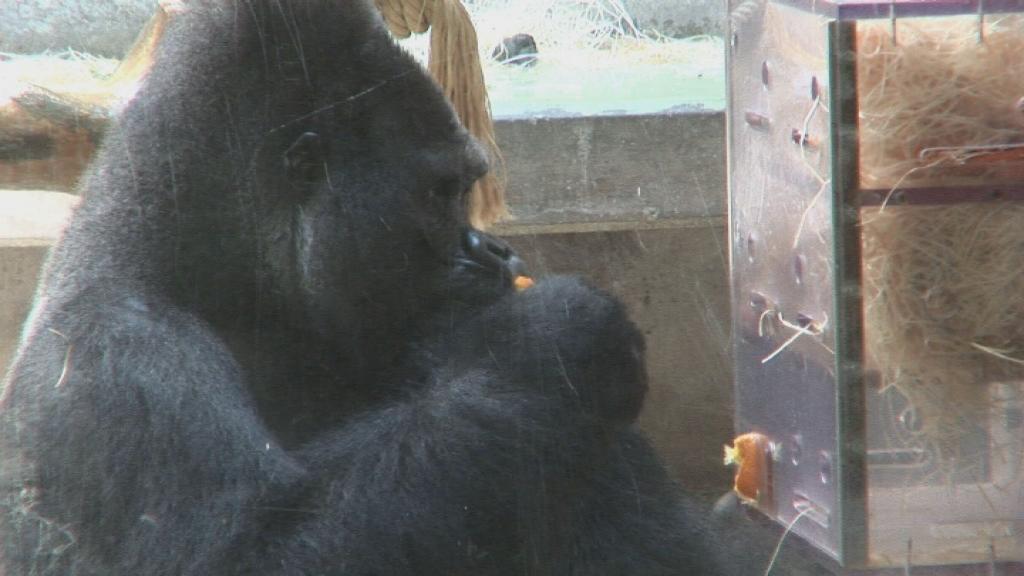
You can find an overview of ongoing debates with our journalists here. Please join us!
If you want to start a conversation about a topic raised in this article or want to report factual errors, email us at english@swissinfo.ch.